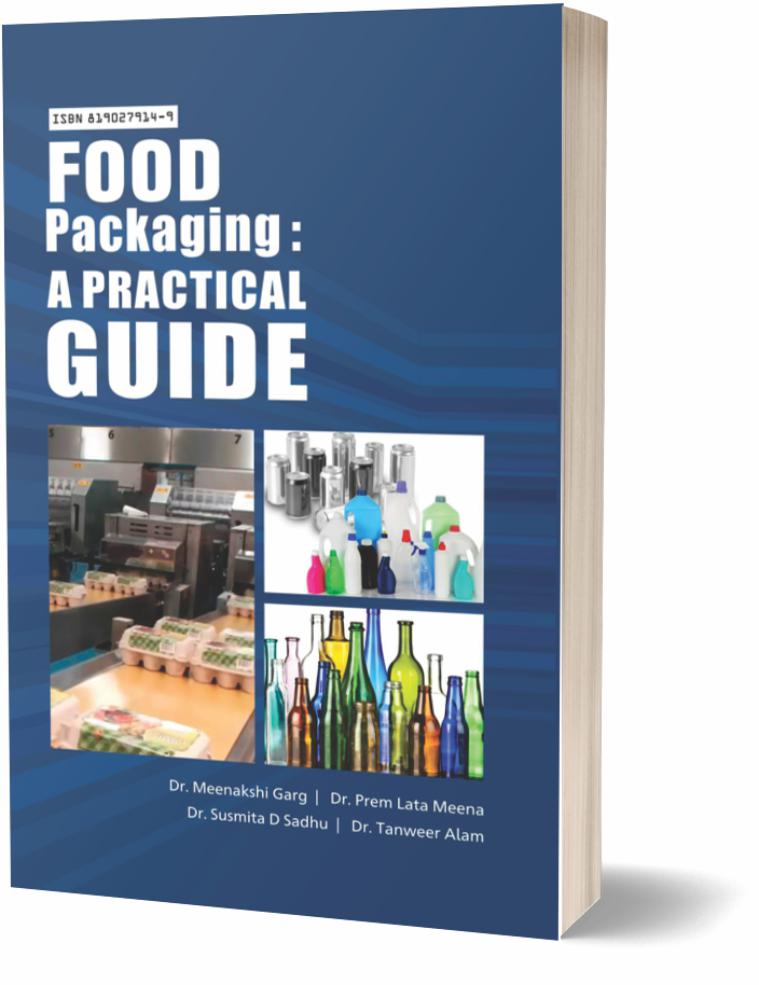A dip in the biobased liquid gives cucumbers a protective film. This innovative idea of Biobased Packaging – called DipWrap – will also be presented in the international BioDesign Challenge Summit.

Yellowish biobased liquid in a cup in laboratory, in which the cucumbers are dipped.
Packaging protects fruits and vegetables from damage and contaminants keeping them fresh longer, but it also produces a hefty amount of plastic waste. What if there could be a renewable and biodegradable alternative for the millions of pieces of plastic wrap thrown away every day?
This real-world problem sparked a creative solution from four Aalto students taking part in the Design Meets Biomaterials course, Ena Naito, Louise Kallai, Emilia Ikävalko, and Sari Kupiainen. They have designed a completely new way of packaging for cucumbers – a biobased liquid solution in which cucumbers are dipped. It forms a transparent film that dries up in a few seconds.
Later in June, the team will present their idea – called DipWrap – in the international Biodesign Challenge Summit. Over 50 student teams across the globe will present their biotech projects to a panel of leaders in academia, industry, art, and design.
The dip mixture contains a jelly-like, red algae-based substance called agar agar, carnauba wax dispersion and dispersed cellulose nanocrystals (CNC). One of the challenges the team faced was that they couldn’t find any previous studies on similar solutions.

‘We went to the lab every week and tested several materials. We came up with the idea of using agar, because we had used it for cooking. We added also wax to make more waterproof-film and CNC for its antibacterial properties,’ says Louise Kallai, a Master student in Chemical Engineering who is spending a year in student exchange at Aalto University.
The team believes that the dipping treatment could also be used for other vegetables and fruits as well.
‘This is a baby step, but hopefully it’s a beginning of something that could be commercialised and could spark interest in this kind of packaging. It also encourages people to question our daily choices,’ says Ena Naito, a master’s student in contemporary design. The project was a part of a collaboration between The School of Chemical Engineering and The School of Arts, Design and Architecture, which aims to inspire students and researchers to create new concepts for bioeconomy by combining design, business thinking and natural materials science.
You may also be interested in our recent useful publication:

PP 248 | Price Rs.250
Food Packaging: A Practical Guide
Edited & Compiled By:
Dr Meenakshi Garg, Dr Prem Lata Meena
Dr Susmita D Sadhu and Prof. Tanweer Alam
Packaging is described as a “Complex, dynamic, scientific, artistic and controversial segment of business”. Product packaging often serves as the first impression of a brand for a consumer. There are various types of tests performed for all kinds of packaging materials.
The book covers all the important test methods for qualitatively and quantitatively analysing the packaging materials including plastic film, paper, paperboard, tin and glass. The detailed explanation of each and every described test methods in the book would definitely be beneficial for graduate and post graduate students, teaching and R & D professionals of Packaging Industry.
Send your orders along with the Rs.250 + 50 (Postal Charges)
The Computype Media,
208 IJS Place, Delhi Gate Bazar, Darya Ganj, New Delhi-110002 (India)
Phone: 011-23284148 w Email: computype.media@gmail.com
Original article: https://www.aalto.fi/en/news/no-more-plastic-wrap-students-create-novel-biobased-packaging-for-cucumbers















